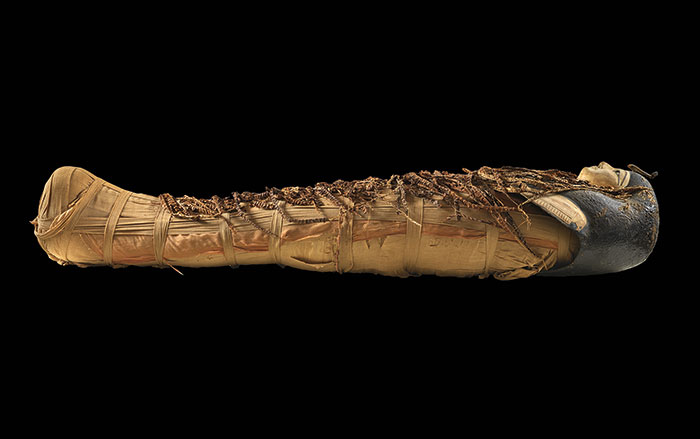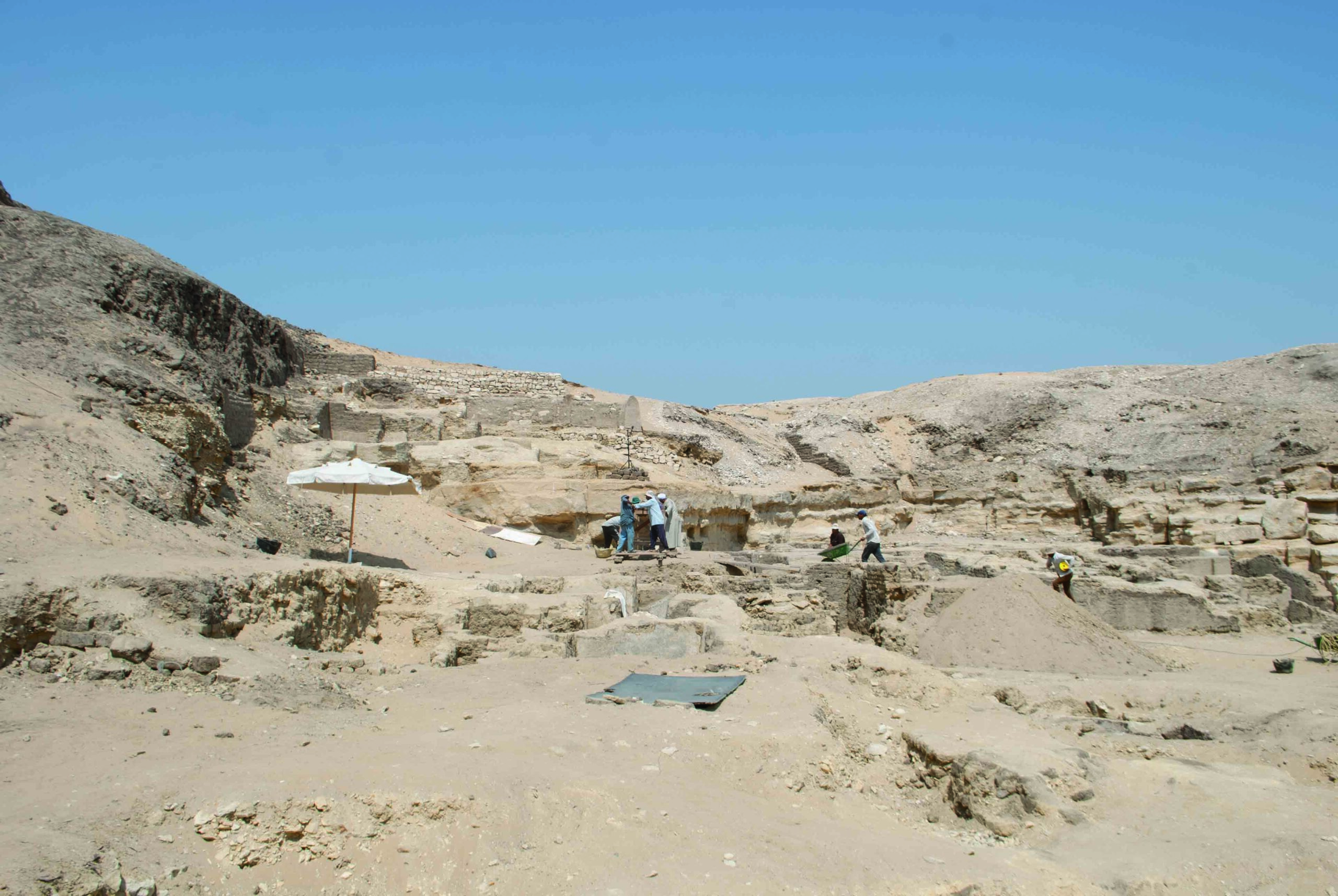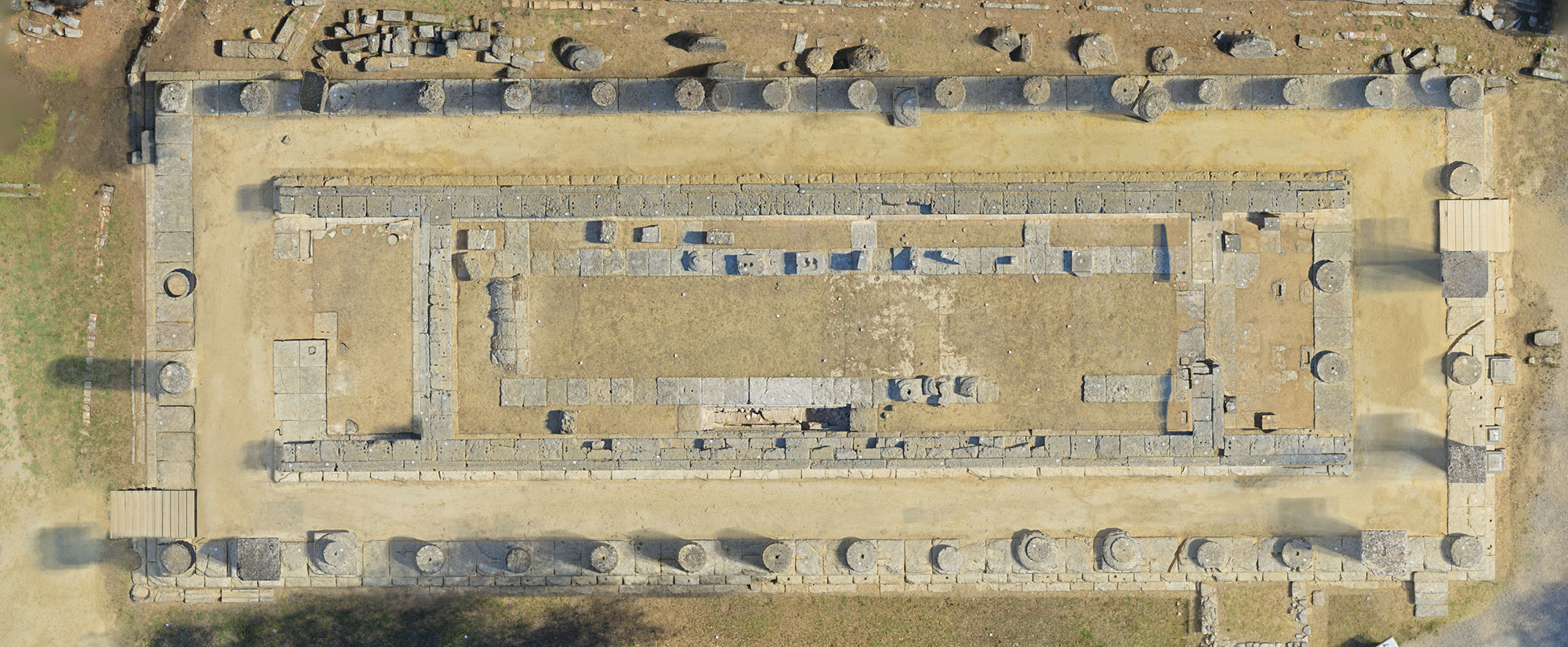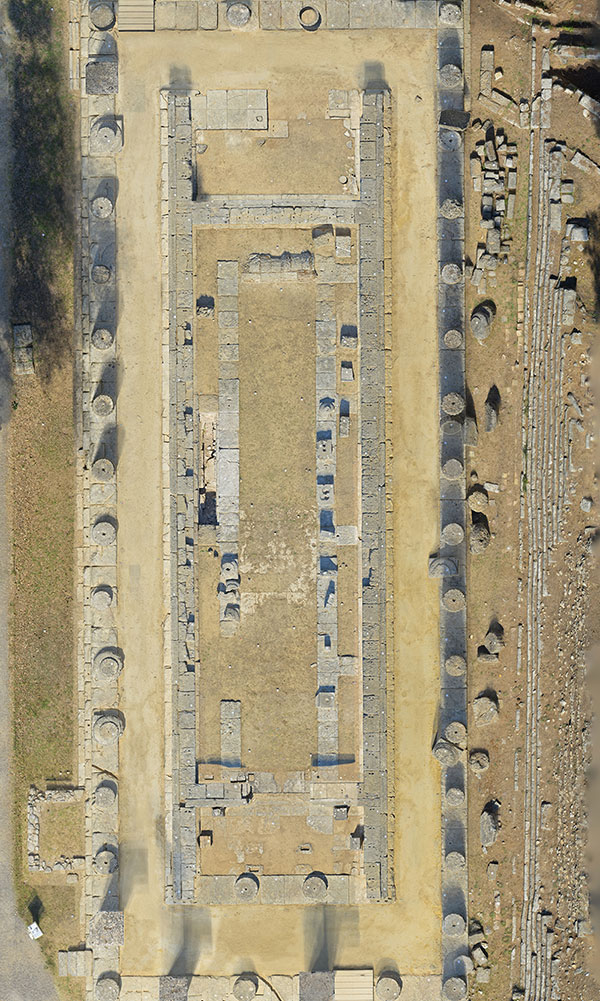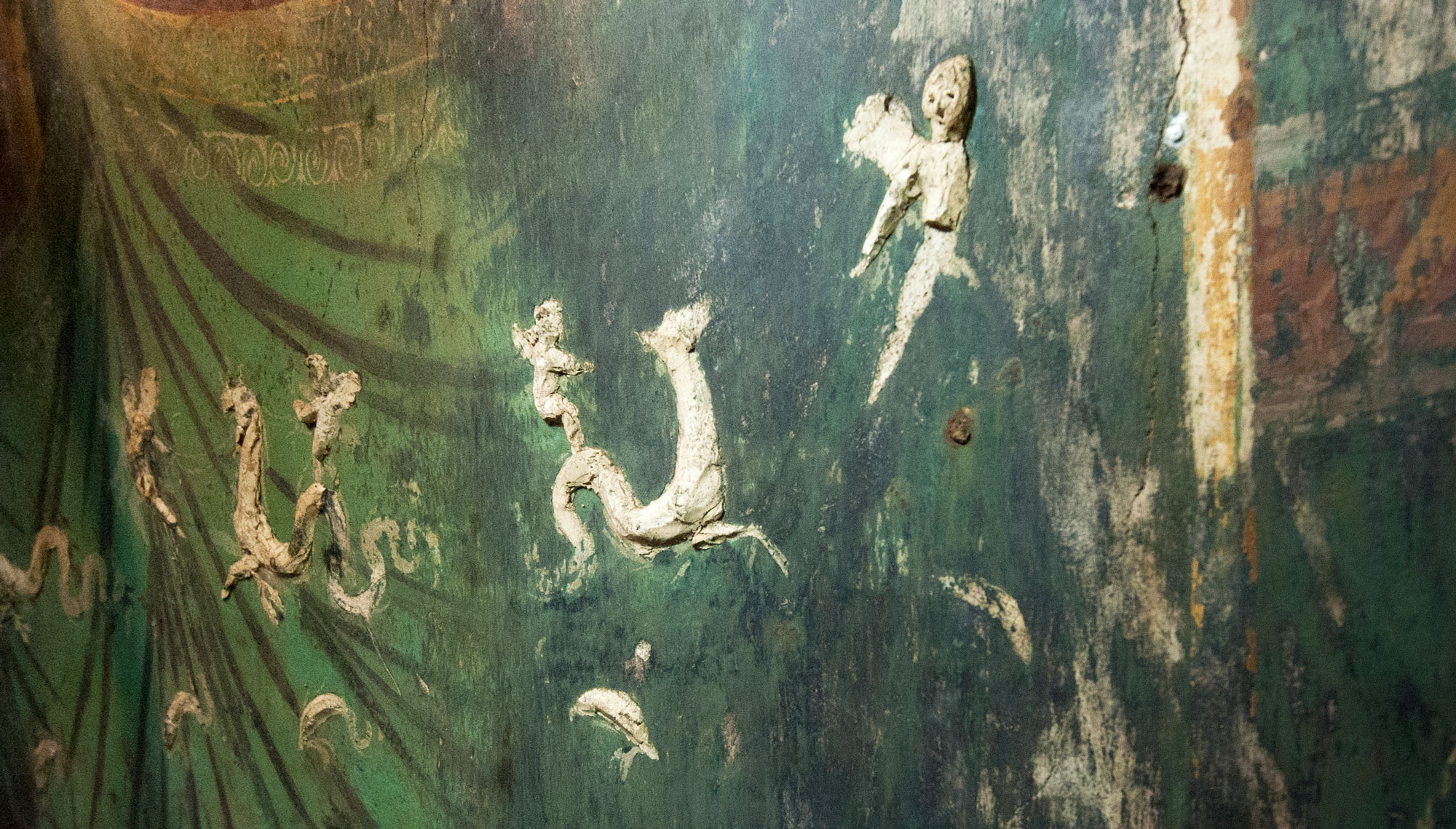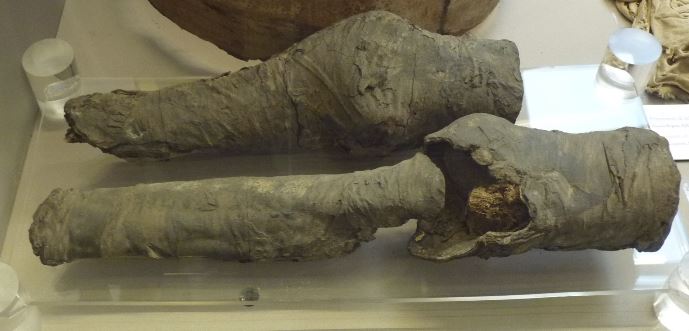
ZURICH, SWITZERLAND—Seeker reports that a pair of mummified legs housed at the Egyptian Museum in Turin, Italy, may have belonged to Queen Nefertari, wife of Ramses II, who is thought to have ruled Egypt between 1290 and 1224 B.C. Nefertari’s tomb in the Valley of the Queens was plundered and her mummy damaged in antiquity. In 1904, Italian archaeologist and diplomat Ernesto Schiaparelli found fragments of her pink granite sarcophagus, a well-made pair of sandals, and the two fragmented, mummified legs. The new study determined the legs belonged to a woman who stood about five feet, five inches tall, may have had arteriosclerosis, and died between 40 and 60 years of age. Radiocarbon testing of the legs, however, yielded a date some 200 years earlier than when Nefertari is thought to have lived. “A discrepancy between radiocarbon dating and Egyptian chronology models has long been debated,” said Egyptologist Michael Habicht of the University of Zurich. “Indeed, some question[s] on the chronological model of the New Kingdom may now arise.” The researchers think it is likely that the remains belong to Nefertari. There is some possiblility that mudslides and heavy rains could have washed someone else’s legs into her tomb, they note, though this is unlikely as it is located on high ground. For more, go to “Egypt’s Immigrant Elite.”



